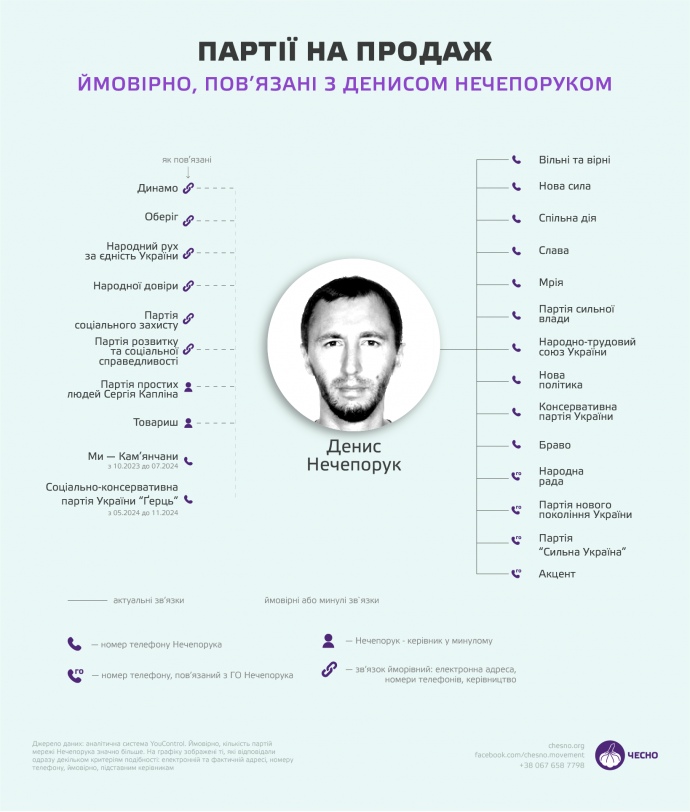A ‘chatgpt’ to predict the spread of contagious diseases

A new tool AS provides for the spread of communicable diseases much more effective than the existing « classic » prediction methods.
The artificial intelligence tool developed with federal funding by Johns Hopkins and Duke universities in the US can revolutionize the prediction and management of viral disease epidemics such as influenza and Covid-19.
Models’ gaps in Covid-19 pandemic
« OR Covid -9 has highlighted the great challenge of predicting the spread of communicable diseases due to the existence of many and complex factors that influenced the spread and which were constantly changing. « Dr. Lauren Gardnerone of the authors of the study where the new tool is presented in the journal Nature Computational Science.
Dr. Garder, a professor at John Hopkins and a modeling expert, created the table that presented the daily data on Covid-19 in the pandemic and which was a reference point worldwide during the pandemic years.
« When conditions were stable the models were effective. However, when new variants of the virus emerged or when the pandemic -tackling policies changed, we were tragic in prediction as we did not have the possibilities of modeling to include important information. The new tool is closing this gap. »
Based on a large linguistic model
During the pandemic of Koronovi, the technology at the base of the new tool did not exist. Now the team has used a large linguistic model in the prediction of the spread of diseases, the species of AI used in the most well -known chatgpt.
The new model AI, called Pandemicllm, instead of making prediction following a methodology that the one required to solve mathematical problems, uses logic by taking into account parameters such as the recent outbursts of a virus, its new variants and measures taken by governments to deal with it.
Pandemic highlighted the need to create new epidemiological models (Reuters)
The research team fueled the model with a number of information, including data that had never been used to today’s pandemic prediction tools and saw that Pandemicllm could accurately predict the patterns of the disease as well as the trends in the hospital one to three weeks earlier.
Superiority over all (and the most advanced) methods
Indeed, his forecasts were superior to those of all other corresponding methods, even those regarded as more advanced, such as the Covidhub of the US Disease Control and Prevention Centers (CDC).
‘Education’ based on four types of data
Pandemicllm is based specifically on four data types:
- In demographics as well as in data on health systems.
- In epidemiological elements such as recorded cases, hospitalizations and vaccination rates.
- In data on each state’s health policies.
- In gene surveillance elements including data on the characteristics of the variants of the virus.
Retrospective test
In order to test the model, the researchers applied it retroactively to the COVID-19 pandemic, supplying it with data for each separate from the US states and for more than 19 months. As it turned out, compared to other models, the new tool was particularly successful in its predictions even when the pandemic data was extremely fluid.
Possibility of predictment for any contagious disease
According to its creators, the new model, if trained on the appropriate data, can be adapted to provide predictions for any contagious disease such as bird flu, respiratory synonym (RSV) and MPOX disease (previously referred to as monopoly).
To more efficient health policies
The research team is now exploring the ability of models like Pandemicllm to copy how people make decisions about their health in the hope that such models will lead to planning safer and more efficient health policies.
Best tools are required for the next pandemic
« We have learned from Covid-19 that we need better prediction tools to pursue more effective public health protection strategies. There will be another pandemic, which is why this type of models will be vital to contribute to our response to viral enemies. » Dr. Gardner ended.








